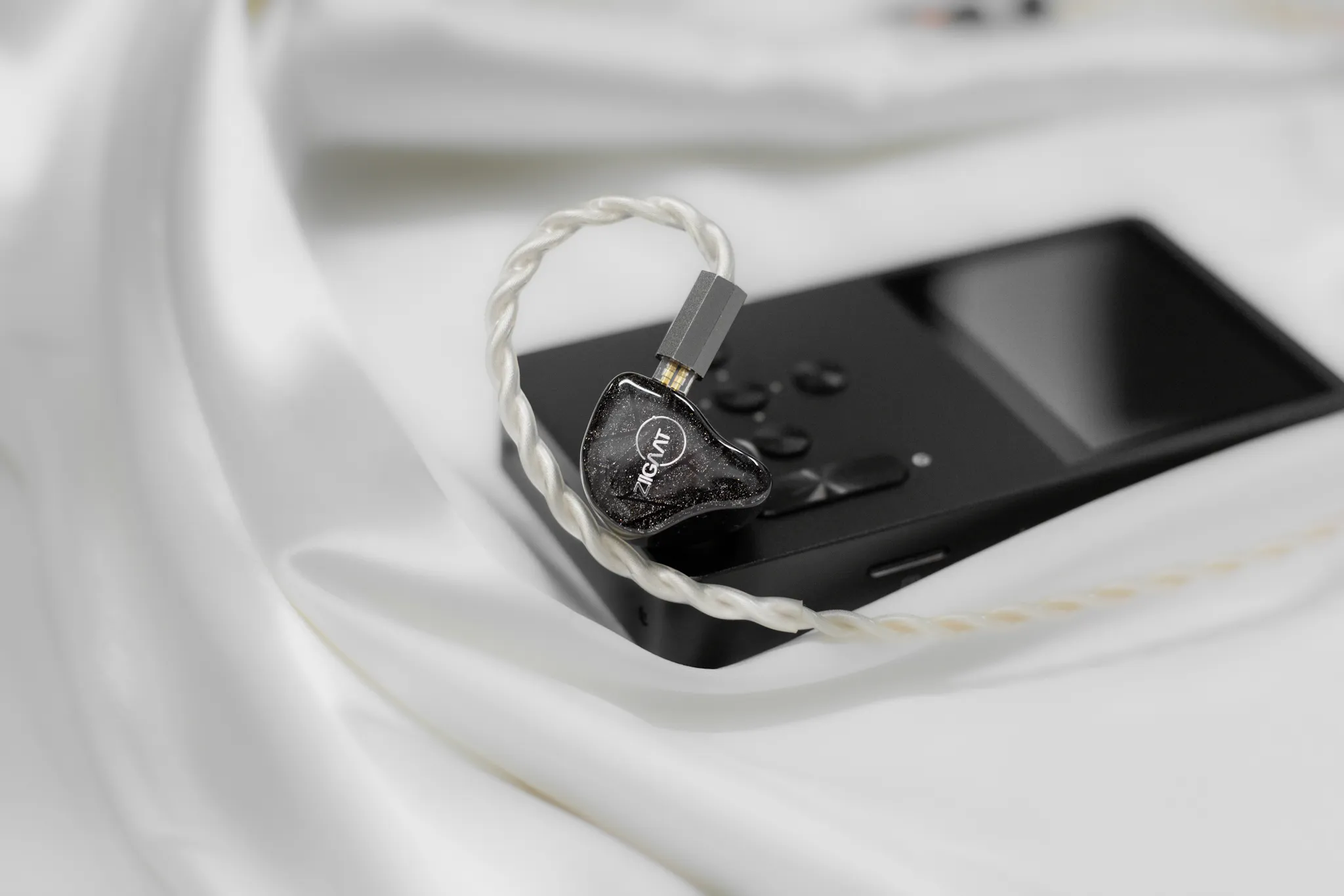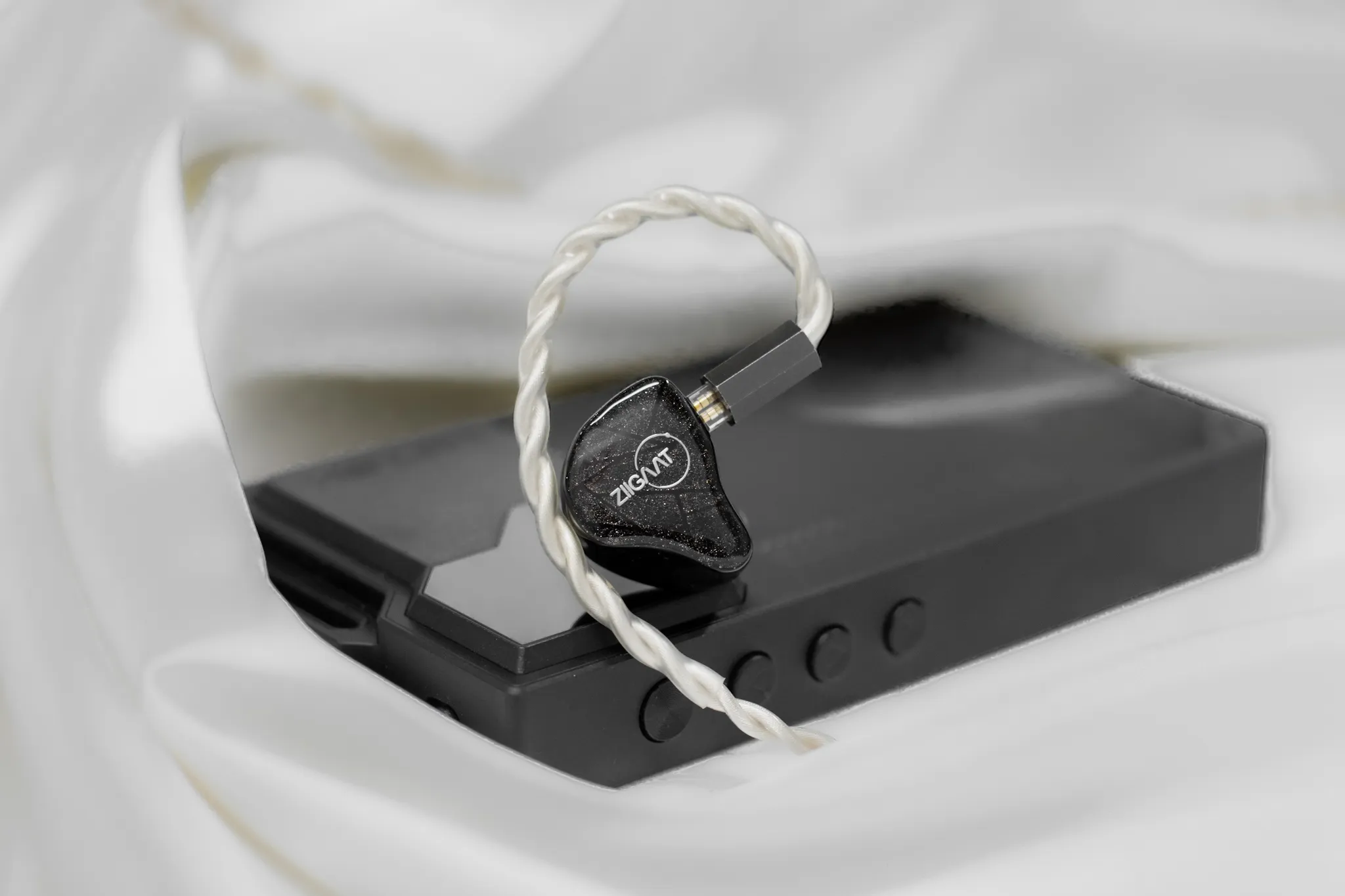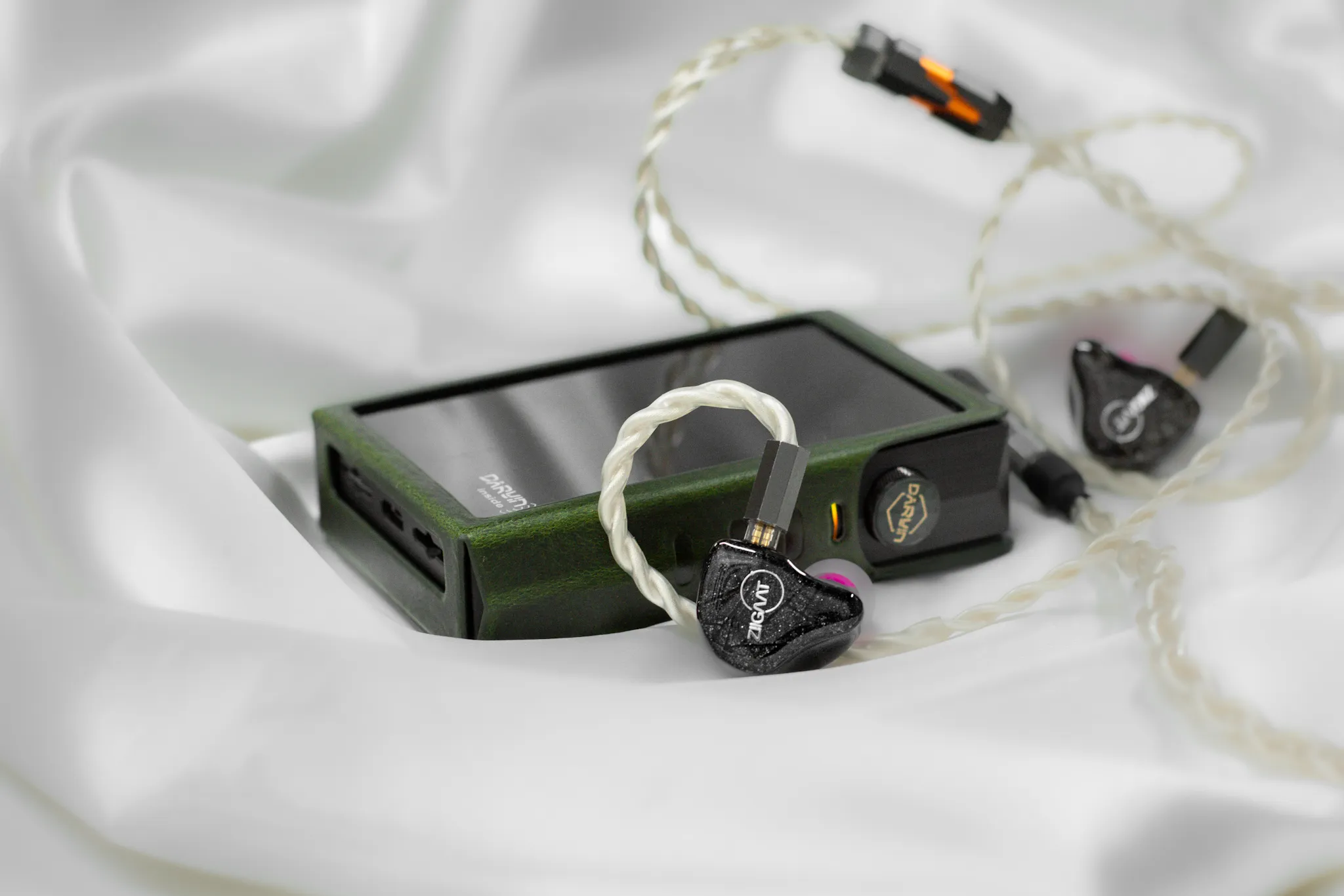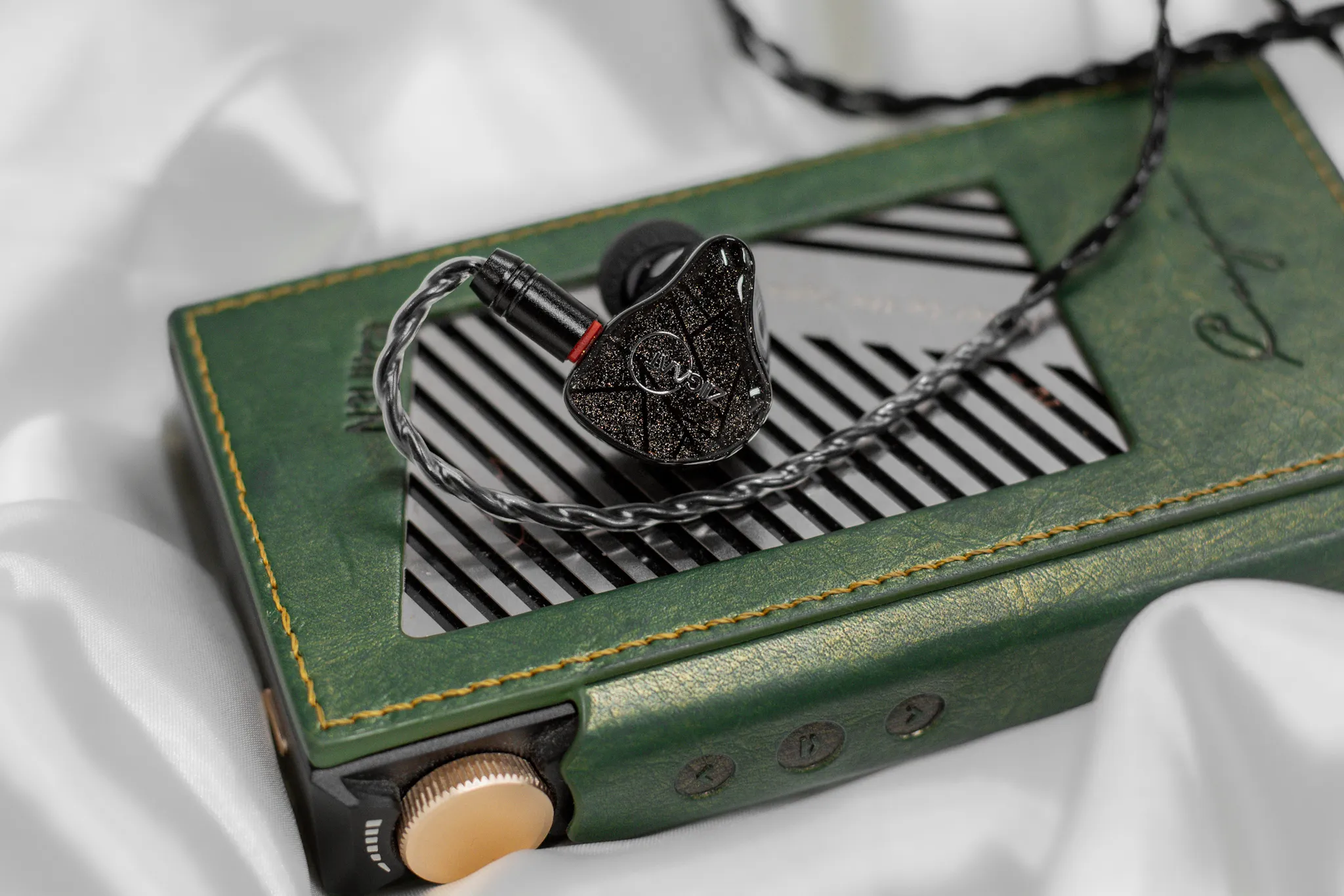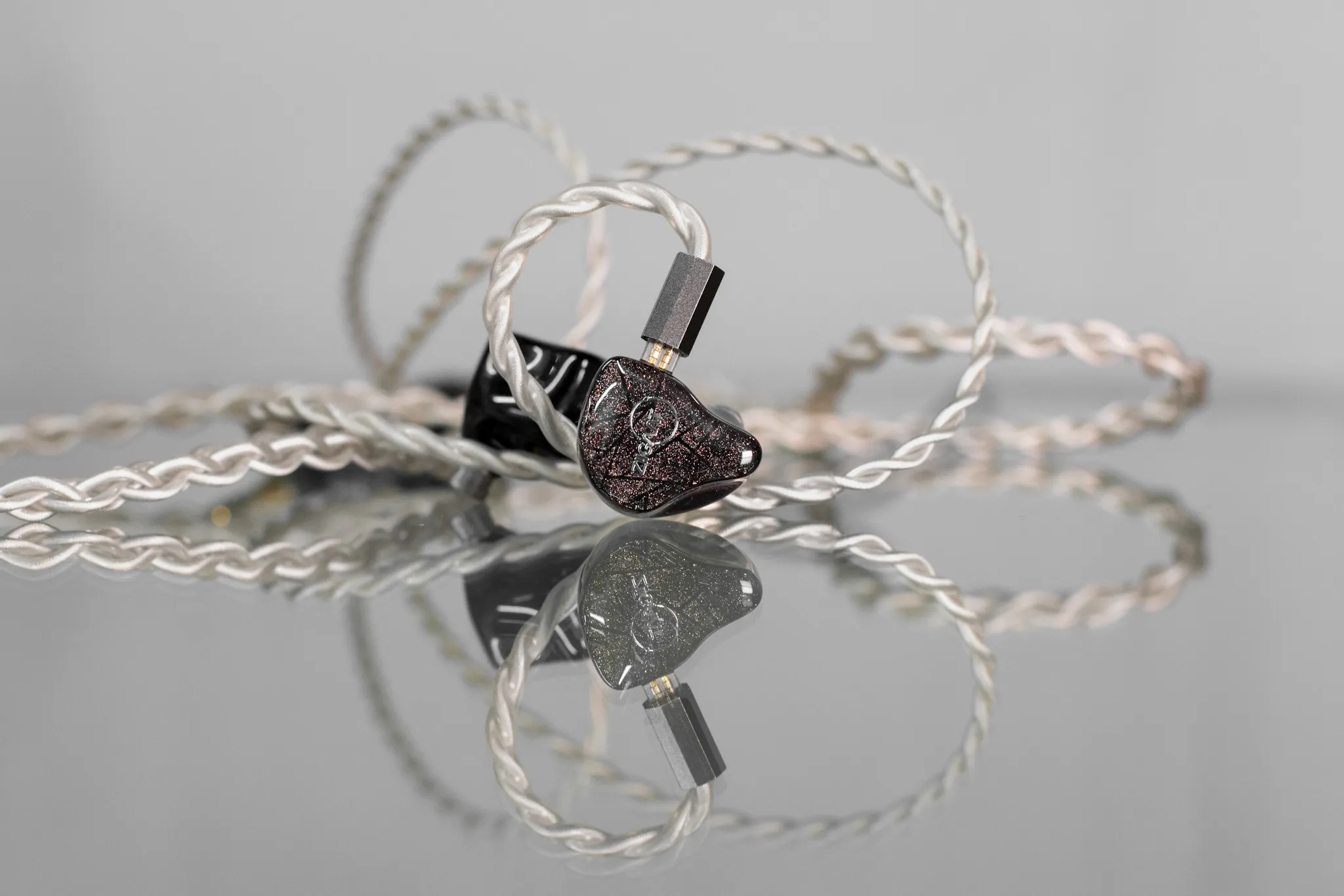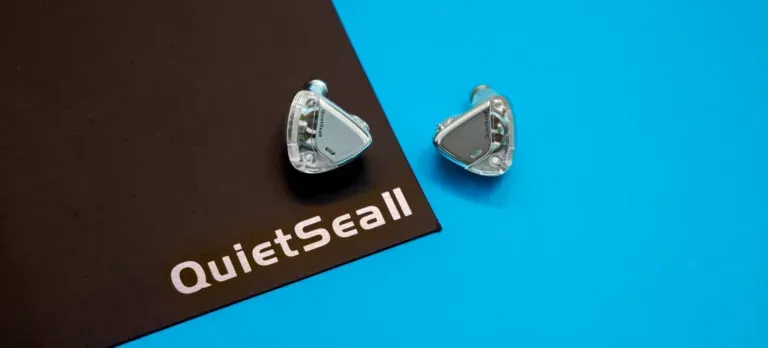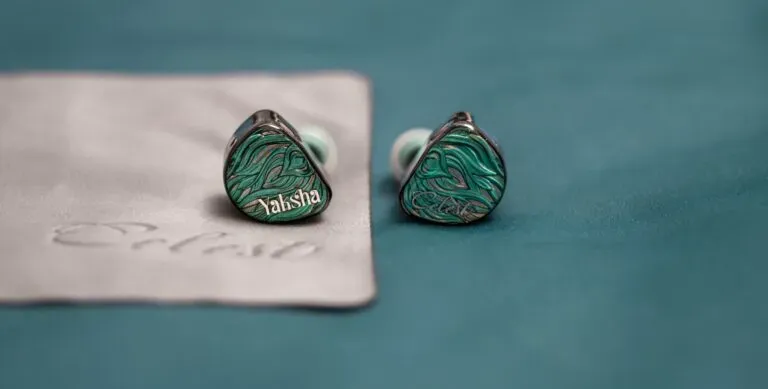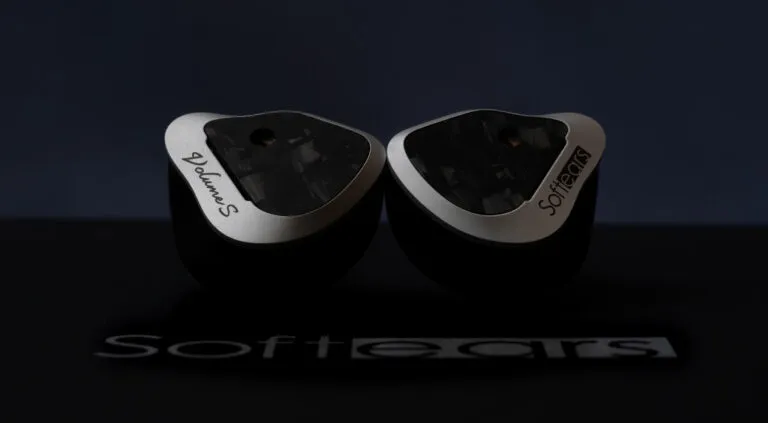Intro
I want to begin this review with my first impression.
When I first got the Ziigaat Lush and plugged it in, the sound didn’t quite impress me. Something felt excessive—almost like the tuning was a bit too boomy, giving off a slightly bloated or “mehfil”-like feel. It felt like the sub-bass was too prominent and somewhat uncontrolled in its stock form.
However, having experienced similar sub-bass-heavy tunings in IEMs like the Kiwi Ears KE4 and Dunu DaVinci, I wasn’t too bothered initially. I knew some tuning tweaks could help.
A few days later, I decided to try the JVC Spiral Dot++ tips on it—and the entire sound signature transformed. These tips slightly reduce the bass, and as a result, the sub-bass on the Lush felt much more controlled. The overall tonality improved significantly. But at that point, I felt the bass had become a bit too lean for my taste.
To balance that out, I switched to Divinus Velvet wide bore tips. And that’s when it clicked—this setup made the Lush feel like a solid IEM for me. So the rest of this review will be based on this particular configuration.

Disclaimer
I got this Ziigaat Lush unit for free, but for this review, I’ve spent quite a long time testing it with various DAPs, dongles, and amps—from budget to high-end gear. This review is entirely based on my personal experience during the testing period, and everything I’ve written here is solely my own opinion. I didn’t receive any compensation or assurance from anyone to write good or bad things about it.
The unit I tested was provided for review, but my opinion is fully my own. I always try to give an honest review, covering both strengths and weaknesses. My goal is to help you understand if the Ziigaat Lush is right for you or not.
If after reading the full review you feel this IEM is perfect for you, then you can order it directly from Ziigaat’s official website. And if you’re from Bangladesh and don’t have a dual currency card, you can contact Geek Mart for help with your order.
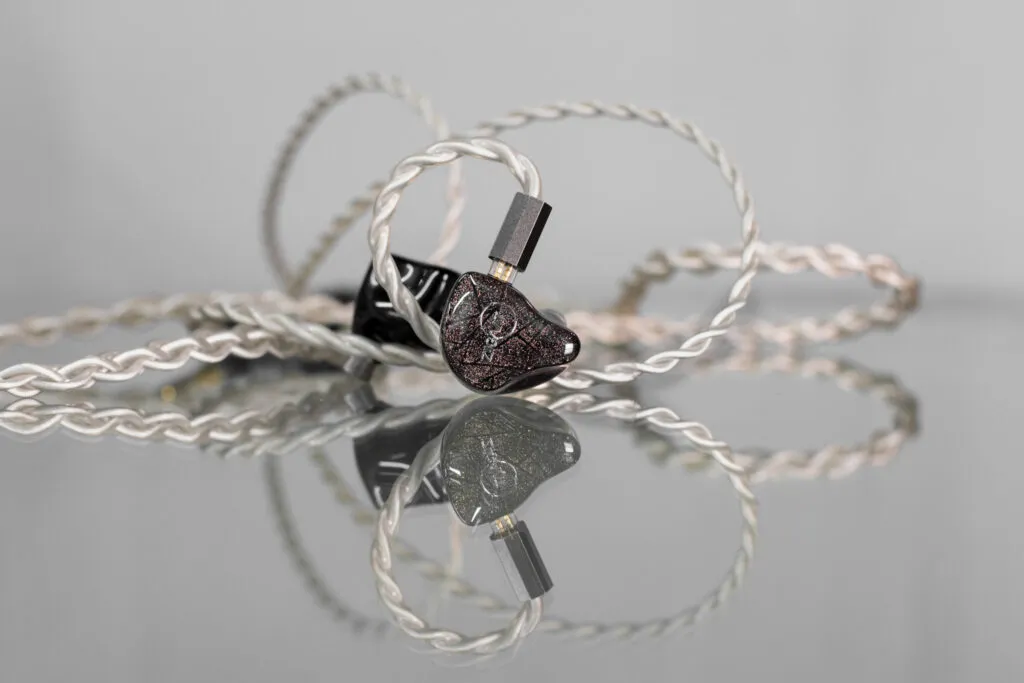
Build Quality & Design
Ziigaat Lush feels well built overall. The shell is made entirely from 3D printed medical-grade resin, and honestly, it feels premium in hand. Not something you expect at this price sometimes. The resin doesn’t feel too soft or brittle—it got a decent hardness and doesn’t pick up scratches easily from daily use. I’ve used it in my pocket, bags, and didn’t really saw any visible marks or wear.
The nozzle is metal and joins with the resin body pretty tightly. No wobbly part, no glue visible or weird finish. Feels like it was done properly. The 2-pin connectors are tight, gives a snug fit and doesn’t move around once cable is connected. It doesn’t feel fragile or weak, and that’s a good thing for long term.
One small thing I noticed is a bit of driver flex. Mostly when inserting or taking it off from ears. It makes that tiny crinkling sound sometimes when pressure builds, but during regular listening I didn’t notice anything annoying. If you just wear them and move cable roughly, you might hear it a bit—but nothing serious, not a dealbreaker for me.
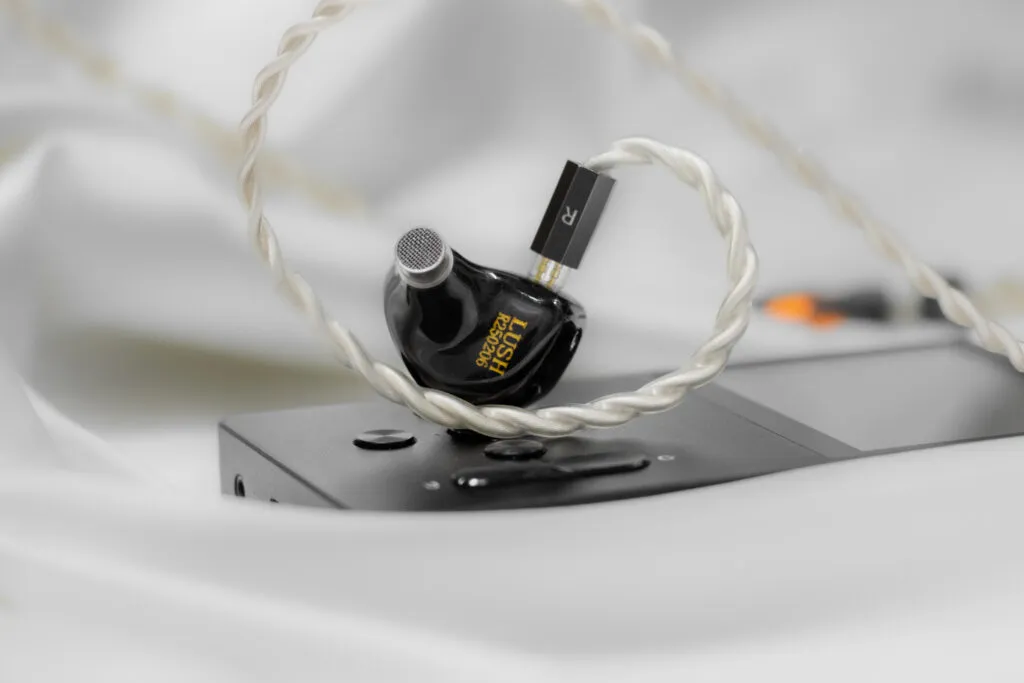
Design wise, I think Ziigaat done a good job. It’s simple, but not boring. The faceplate has this cracked-stone like texture, kind of artistic in a subtle way. The logo is in the middle, clean and not too loud. I actually like that they didn’t try too flashy or shiny design here. It looks mature and tasteful, easy to pair with any cable or outfit honestly.
Overall, build and design feels solid and well thought out. Nothing groundbreaking, but nothing cheap or unfinished either. It feels like a proper product—not like a rushed budget release
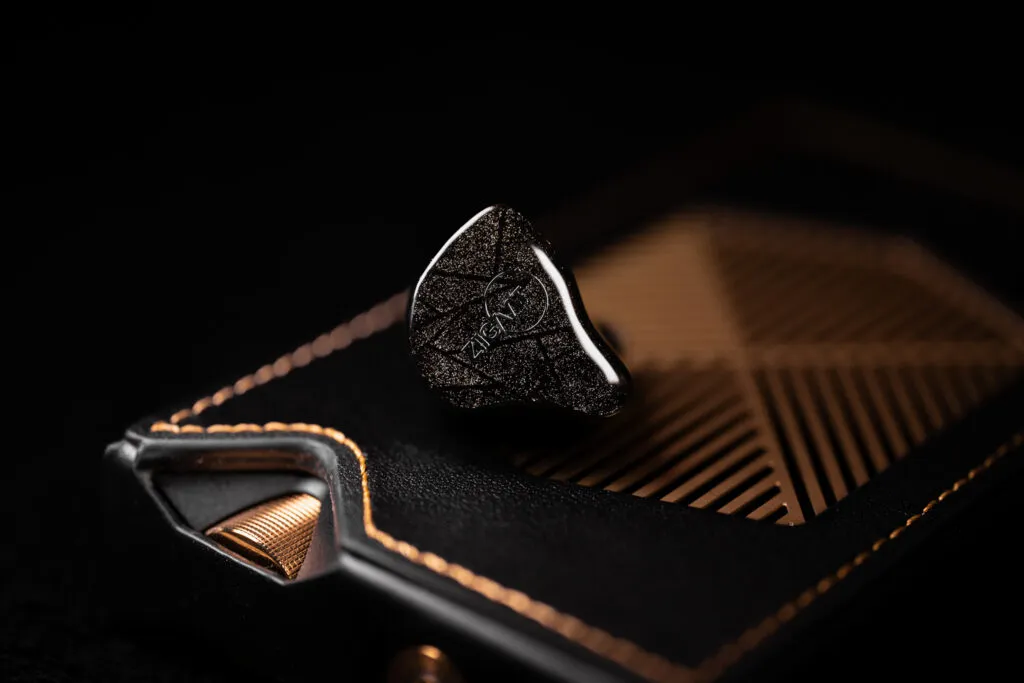
Fit & Comfort
Now about the fit. The Lush shell design feels similar to Ziigaat’s other IEMs, and from that side I didn’t face any problems at all with fitting. It sits in the ear perfectly, without any unnecessary pressure points, so it doesn’t create discomfort in any parts of the ear. Even after long listening sessions, I didn’t experience any pain or irritation. The shell itself is lightweight, so it really feels comfortable for you.
With the right choice of ear tips, the fit becomes stable and doesn’t require constant adjustments. Personally, I’ve used this IEM at home, during desktop work, and even while doing home workouts, and I never felt like it was going to fall out or become loose. So, overall, I think anyone can use the Lush without any fit or comfort issues. It just sits there, does its job, and lets you focus on the music.
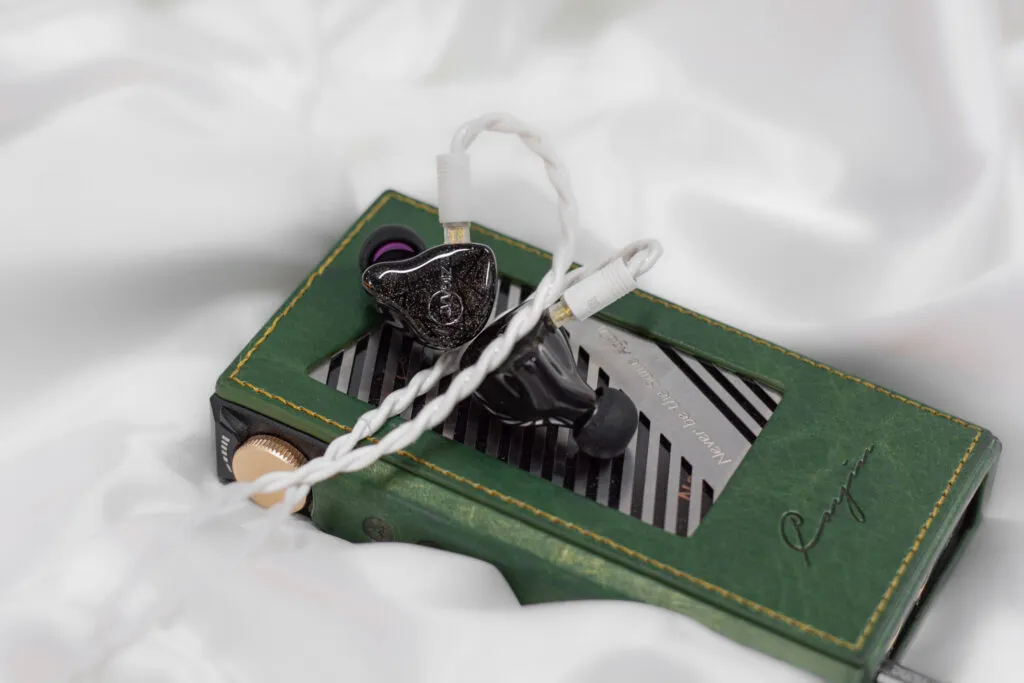
Tips & Cable
First of all, I have to be honest, I don’t know why Ziigaat don’t pay much attention to their box content. Like, if you compare it to what DUNU, Moondrop, Myer Audio, and other brands are doing these days, they’re really trying hard to include good stock accessories—better cables, tips, carrying cases—you name it. But Ziigaat doesn’t seem to bother too much.
Now, about the stock cable—it’s usable, I mean, it gets the job done, but I think they could’ve included something more premium. Personally, I feel like the included cable is just enough to get you started, but if you have a better aftermarket cable lying around, I’d definitely recommend switching it in. But of course, if you’re not into cable rolling and don’t want to think about it, you can totally keep using the stock one. It works fine and there’s nothing “wrong” with it.
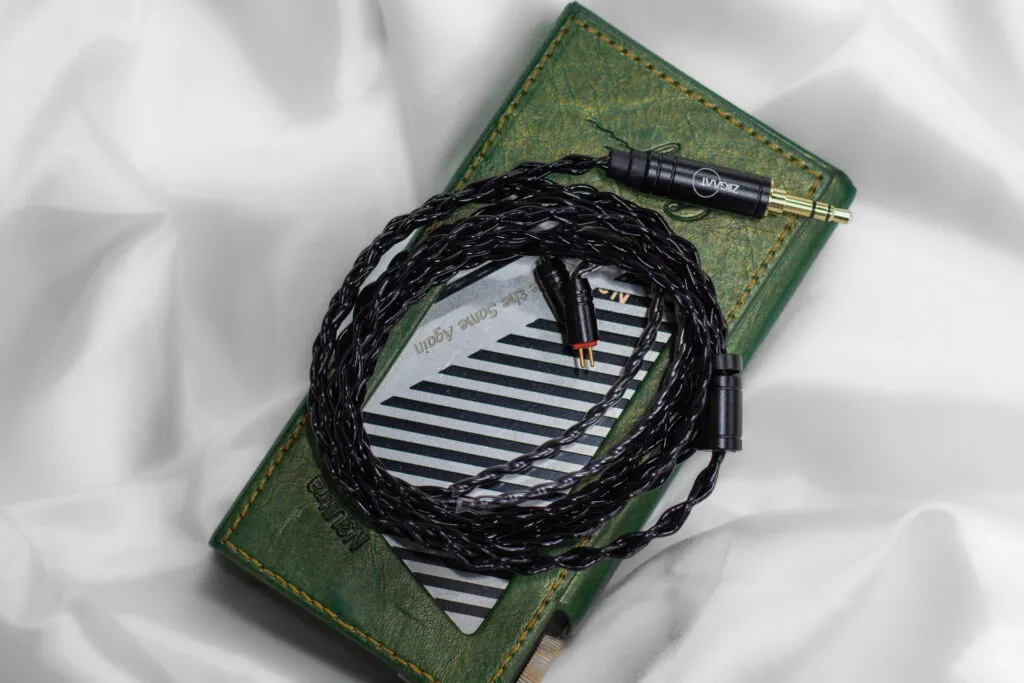
Now, let’s talk about the tips, and this part is really important. In the intro and other sections, I already mentioned how using different wide bore tips like Divinus Velvet Wide Bore, TRI Clarion, Eletech Baroque, JVC Spiral Dot ++, and AZLA SednaEarfit Series can totally change how this IEM sounds. With these tips, I noticed clear improvements in soundstage, separation, and macro detail. The default tips that come in the box are okay for casual use, but if you’re aiming for the best performance, I’d really suggest trying these wider bore tips. They let the Lush breathe more, giving it a wider, more airy presentation, and they tighten up the bass just a bit.
Also, comfort-wise, these aftermarket tips tend to improve the overall fit and seal, which can make long listening sessions more enjoyable. And honestly, tip rolling with this IEM was a fun experiment because each one added its own flavor to the sound.
So yeah, Ziigaat Lush works decently with its default cable and tips, but if you want to unlock its real potential, especially in technical performance and comfort, definitely consider using some quality aftermarket options.
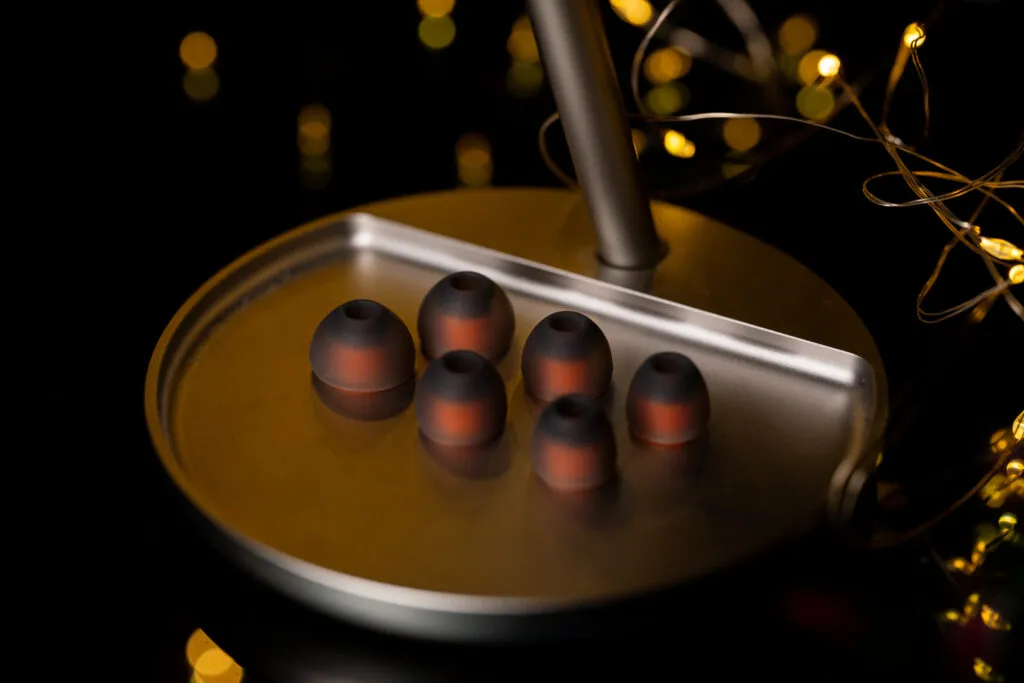
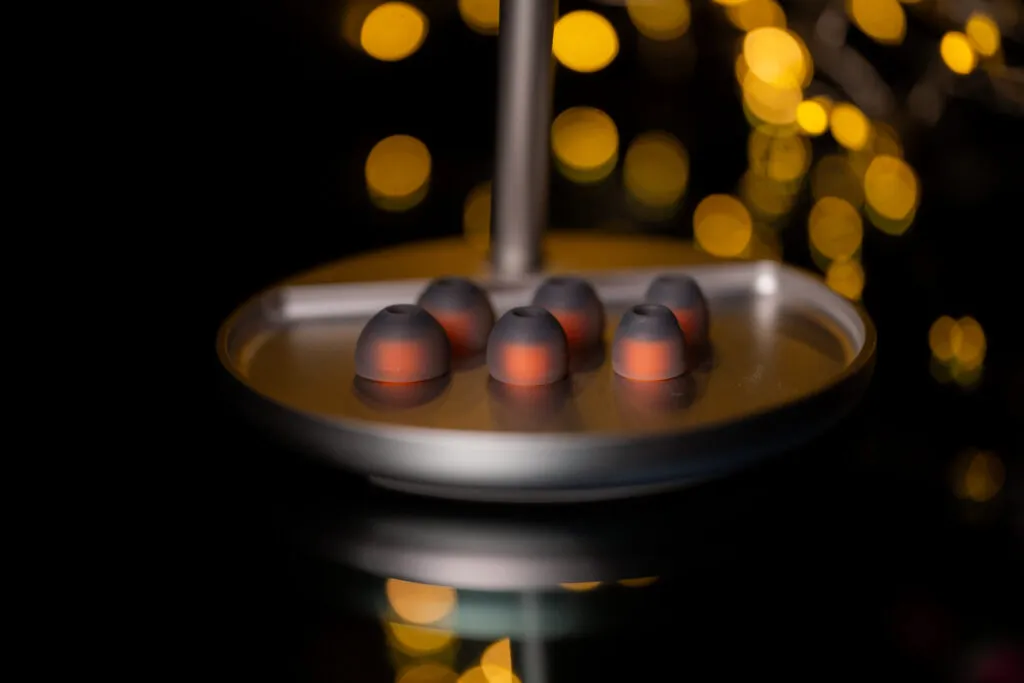
Testing Source
- Questyle qp2r / Onix xm5 / Cowon Plenue R2 / Astell & kern SP1000M / Shanling M5 Ultra / Cayin N3 UltraI / Hiby RS2 / Shanling M3 Plus / Ibasso DX180 / Hiby R4 / Hiby R5 saber / Hiby R3 ii / F.Audio FA5 /
- Hiby FD5 / Shanling H5 / KAEI-TAP2 ( AMP ) / ifi idsd signature / fosi k7 / fosi gr40
- Ibasso DC Elite / Cayin ru7 / Questyle M15 / ONIX Alpha XI 1 / Epz tp35 / Hiby FC4 / Hiby fc3
- BQEYZ Lin and Nicehck tc3 ( Budget DAC )
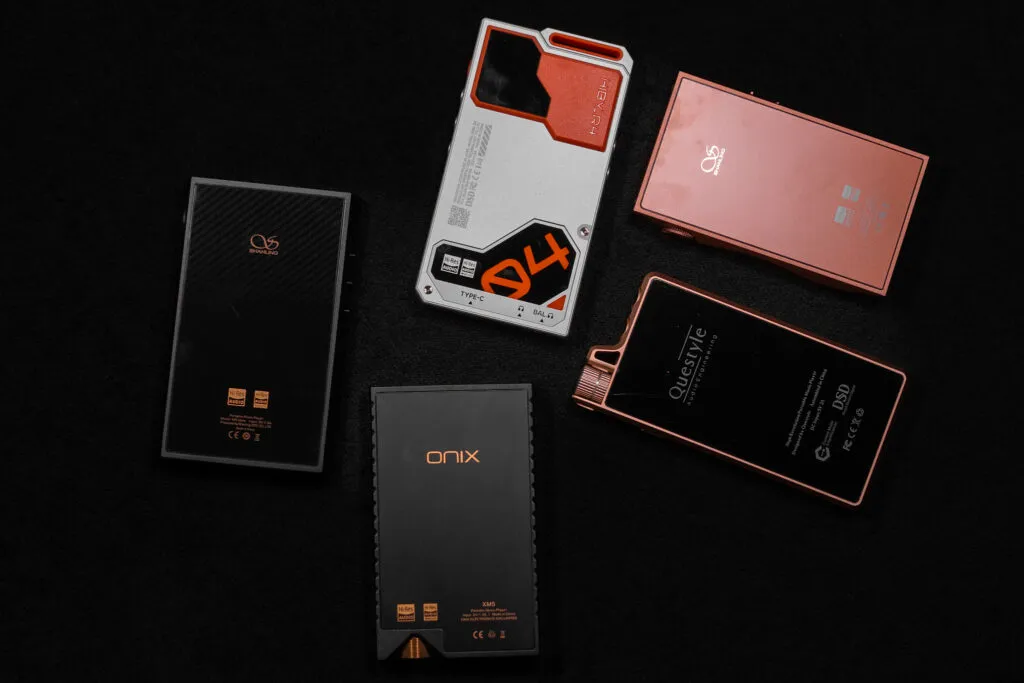
The sound Performance
Sub-bass:
Out of the box, the sub-bass on the Lush comes in a bit heavy. For some listeners this might actually be a good thing, specially those who enjoy that deep, resonant low-end that gives music a sense of weight. But for me, it felt a little over the top. Almost like the sub-bass was bleeding in too much, which kinda made the sound feel over-warmed and not super clean.
Swapping to the Divinus Velvet wide bore tips made a noticeable difference. That excess low-end energy settled down, and suddenly the sub-bass felt more balanced—still deep, but now tighter and more refined. It’s the kind of sub-bass that doesn’t just shake your ears for the sake of it, but actually adds weight in a meaningful way.
On “Touch of Trash” by Patricia Barber, you get a real feel for this. The upright bass lines reach low and stay controlled. You can hear the fingerwork clearly, and there’s space between each note. The resonance doesn’t smear over everything else, which is a big deal for a jazz track like that where subtlety matters.
Then there’s “Why So Serious?” by Hans Zimmer. Around the 3-minute mark, that iconic sub-bass drop comes in like a wave. It’s got that cinematic rumble, the kind you feel in your chest more than hear with your ears. The Lush captures that moment nicely. It doesn’t distort, doesn’t muddy—it just delivers that low-end presence like a small subwoofer would. That’s honestly not something you always get at this price point.
Mid-bass:
Now the mid-bass is where things are a bit less exciting in the stock config. It’s not that it’s bad, it’s just not all that focused. Feels a bit loose, almost soft. Kick drums and toms don’t hit as hard as they should, and it kinda lacks that snap or body that gives rhythm section its energy.
Again, Velvet tips help here too. After the switch, the mid-bass gained more grip. There’s more definition to kicks, more weight to tom hits. Doesn’t sound like a totally different IEM or anything—but definitely feels like something tuned better. It’s more fun now.
Listening to “For Luis” by Nenad Vasilic, the upright bass and drums interplay stands out more with this setup. The bass has body and tone, and you can still hear the softer percussion playing behind it. It’s more cohesive now, like the instruments actually sound like they’re in the same space.
That said, it’s not the fastest bass around. With really fast or busy tracks, it can struggle a bit to keep up. But for most genres—jazz, blues, acoustic, even lo-fi and mellow electronic stuff—it works well enough. I wouldn’t recommend this for technical death metal or anything super demanding in the bass region, but for casual to serious listening, it holds up fine.

Mid-Range Performance
When it comes to mid-range, the Ziigaat Lush brings a warm and smooth presentation that feels kinda familiar if you’ve heard other Meta tuning models like the KE4 or Maga5 EST before. Those ones had real solid mids and honestly this one stays close to that style too. Still, there’s a little bit different flavor here that I think will click with even more people.
Midrange here don’t push itself too much forward, but also not pulling back too much either. It sits in a spot that feels natural. There’s this soft richness, where instead of slicing through the mix, the instruments and vocals just kinda blend in and wrap the sound around you. But importantly, it keeps control, never really letting anything get too bloated or overwhelming.
Male vocals sound pretty lush (no pun intended). There’s nice body and weight, helping deeper voices feel emotional and believable. Listening to Sting in “Englishman In New York,” his voice feels easy, kinda relaxed, but still textured with that slight raspy tone. Also, the saxophone solo, man it sounded real mellow—blending gently with the background keys and soft drums, nothing poking out too harsh.
On “Billie Jean” by Michael Jackson, the midrange holds everything nicely together. Michael’s voice stays right in the center, pretty clean too, without too much mid-bass clouding it up. Instruments like the sharp snare hits, funky bass, and the crisp claps all get their own space to breathe. It’s not crazy clinical or super sharp sounding, but also it don’t mush everything into a mess either.
Female vocals also do well on Lush. There’s good air and clarity, but it’s handled smooth, not like overly crisp or piercing. Listening to Dido’s “Thank You,” her breathy, soft singing floats nicely without losing warmth. The light acoustic guitar and soft backing instruments stay separated enough so the vocal feels front and center, just the way it should.
When I moved to “Summertime Sadness” by Lana Del Rey, the Lush really showed its character. Lana’s dreamy, echo-laden vocals filled the space real beautifully. The ambient synths and slow beat feel wide and deep, making everything sound more atmospheric. Some people might think it’s a little dark or too smooth here, and yeah, it kind of is, but not so much that details just disappear.
That said, it’s worth noting: if you’re someone who love super neutral midrange or want everything super crisp and forward, the Lush probably gonna feel a bit too laid-back. It’s definitely more chill and a little colored toward warmth. But at least it never gets shouty or harsh, and long listening sessions are super comfortable.
Overall, I think Ziigaat nailed the midrange tuning for what they aiming at. It’s smooth, easy to listen to, emotional without being over the top. It creates a cozy, slightly romantic soundscape that really draws you in, especially with vocals and mid-focused instruments. For casual or even semi-serious listening, it’s a midrange that’s very easy to love.
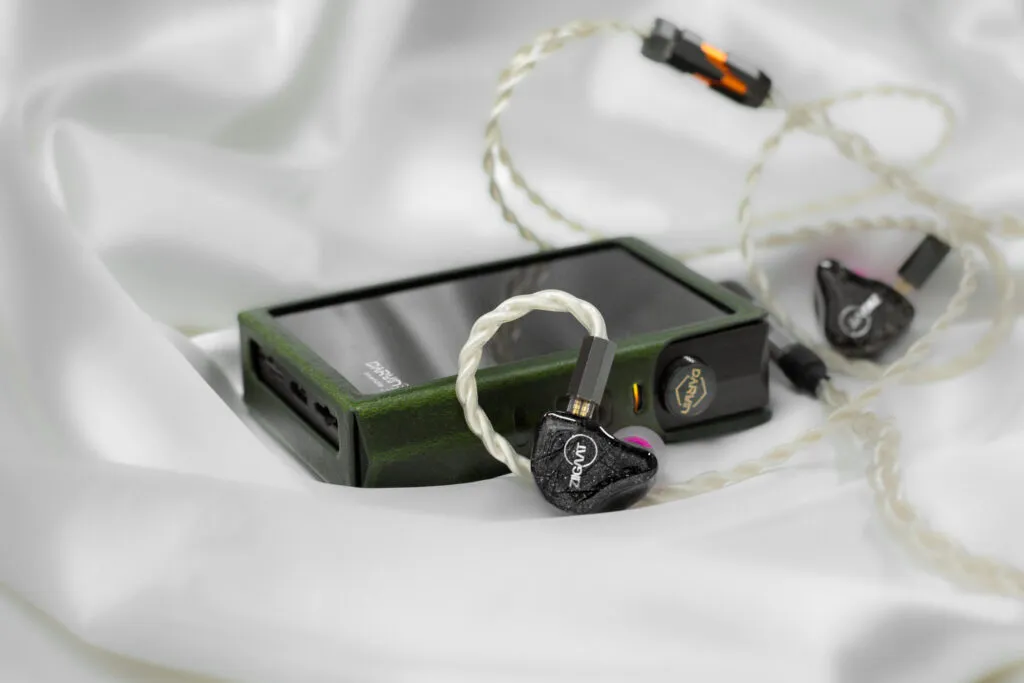
Treble Performance
Treble on the Ziigaat Lush comes off smooth, but it doesn’t go all the way dark. It has a good amount of sparkle and energy without sounding sharp or fatiguing. The overall tone leans musical and pleasing rather than clinical, but it still manages to keep the finer treble textures intact. There’s a decent amount of micro-detail here—enough to bring clarity to string instruments and percussive hits, even when the bass gets heavy underneath.
In “The Man I Love” by Arturo Sandoval, the trumpet plays a critical role in pushing the upper frequencies. On some gear this track can get a bit piercing when the brass hits the high notes, but Lush keeps it under control. The highs are clean and stretched just enough. The ride cymbals and hi-hats have presence too, but they’re never overly sharp—they shimmer just lightly in the background without jumping out. There’s a sense of space here, even though the upper treble air isn’t super extended. That said, the separation between instruments is handled well, so you still get that natural jazz club vibe from the performance.
Now in “Thunderstruck” by AC/DC, the electric guitar riff that runs through the intro and chorus is a perfect test for treble edge and texture. Here, the Lush does a pretty solid job. The guitar tone sounds raw and energetic, but it’s not piercing. The attack of each pluck is clear, and there’s a slight bite without it getting harsh. The cymbal crashes also come through with a realistic shimmer, though maybe a bit rounded at the very top end. Still, there’s no grain, and the distortion stays clean. Even during the heavier drum segments, the treble holds its ground and doesn’t get lost under the weight of the mid-bass.
It’s true that the upper air region (above 10kHz) isn’t the most pronounced here, but that’s kind of expected with this style of tuning. Lush prioritizes smoothness and musicality over sheer brilliance, and it shows. Despite that, treble never feels dead or too closed off. There’s life in it, and it plays a pretty important role in keeping the overall sound from getting too heavy or bass-dominant.
The tuning feels intentional, and while it may not have the sparkle of something ultra-bright, it also doesn’t introduce any sharpness or fatigue. Instruments like hi-hats, toms, and guitars maintain a very natural feel. Treble never steals the show, but it helps shape the sound into something cohesive—giving just the right amount of edge to cut through when it needs to.
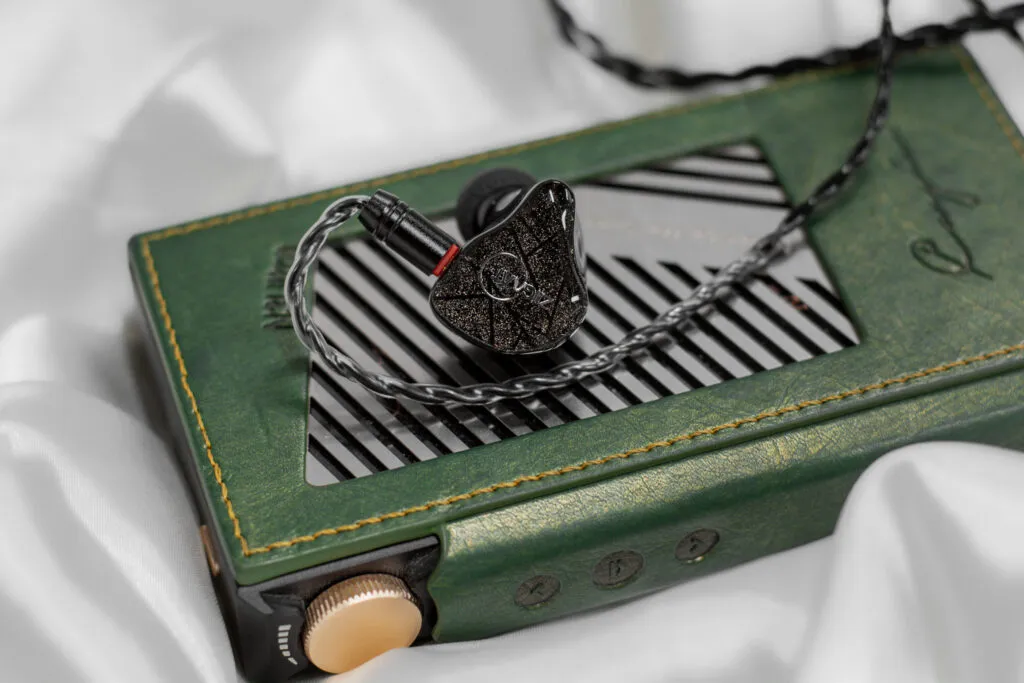
Technical Performance
Using wide bore tips like Divinus Velvet Wide Bore, Tri Clarion, Eletech Baroque, JVC Spiral Dot++, or AZLA SednaEarfit series, the technical performance on Ziigaat Lush gets a very noticeable boost. It’s not like a small difference, it’s something you can hear straight away. The soundstage open up better, separation improves, and also you can feel a slight lift in macro-details. This IEM seems to work best when it gets a little more breathing room from the tips.
Talking about soundstage, the Lush is wide enough for most tracks but it’s not something extreme or super holographic. It’s more wide than deep honestly. In “Is This The World We Created…?” (Live at Rio), Freddie Mercury’s voice stands quite close, almost like he is singing just in front of you, while the guitar and the soft crowd noise stretch out nicely behind. Vocals are a little bit forward, which in some songs can feel a bit more intimate, but in few tracks it might be slightly too forward depending on your preference. Still, it never felt like the stage collapse or sound boxed in, which is a good thing at this price.
Separation is also handled well. Even busy tracks like “Bubbles” by Yosi Horikawa, where a lot of small sound elements moving around, the Lush manages to keep them distinct. You can easily tell apart the tapping wood sounds, the bouncing water effects, and the small subtle background clicks without things becoming messy. It gives the track a lively but organized feel.
On “Playing God” by Polyphia, the fast-paced guitar tapping, bass slaps and high-speed drum sections can easily make some IEMs fall apart, but here, Lush stays pretty composed. The guitar notes stay sharp but not sharp in a bad way, the drums hit with enough punch, and the layering don’t just blend into one another. The sound stays separated enough to enjoy the complexity.
Imaging on the Lush is good but not pinpoint sharp. You can tell left to right positioning quite clearly. Instrument placement feels natural, though it’s not super three-dimensional. It won’t match some high-end EST driver setups in terms of dead-accurate imaging, but for casual and even critical listening it’s totally fine. Also important to note, the note weight is good—meaning sounds have body and weight to them, so it never feels dry or too thin.
If you are looking for the best technical performance possible, then maybe the Lush will not completely satisfy you. It’s not a detail monster or clinical type of sound. But it’s very well balanced for musicality and enjoyment. For the price and what it trying to do, it’s really well executed.
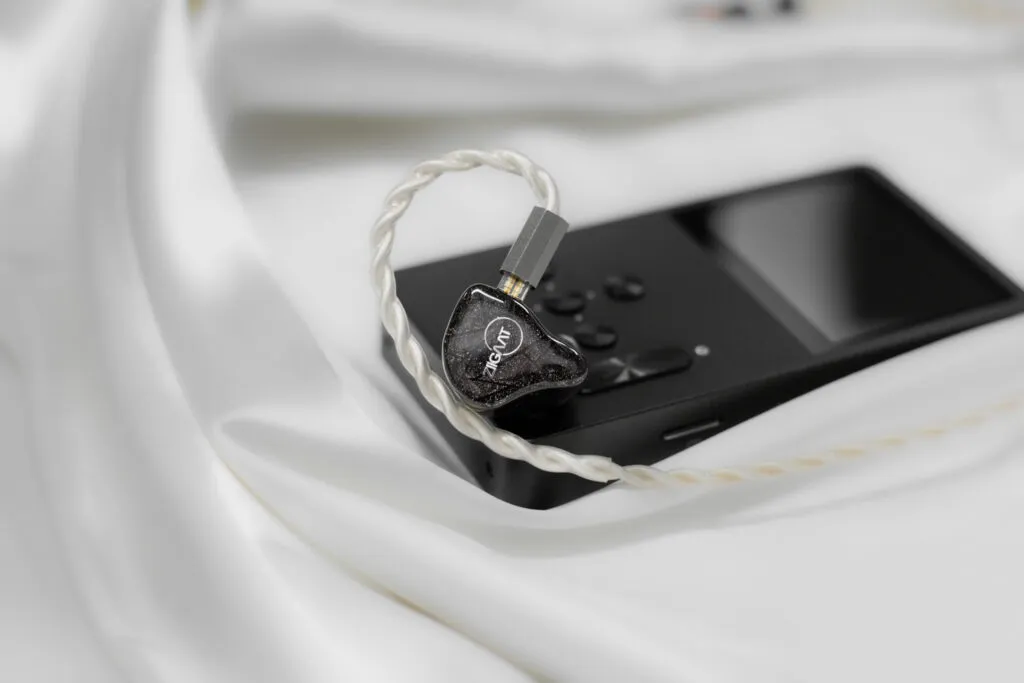
Source compatibility
The Ziigaat Lush has a generally warm and smooth sound signature, which makes it pretty forgiving and versatile when it comes to source pairing. I didn’t really face any issues regarding source compatibility. Basically, it works just fine with almost any type of DAC or amp signature. Whether you’re using a neutral source, a warm one, or even something with a bit of a bright tilt, the Lush stays consistent and enjoyable.
Even with low-powered sources like basic dongles or entry-level DAPs, it delivers a satisfying sound. Of course, if you pair it with more powerful and higher-quality DAC/amps, you’re going to notice a bump in overall performance—better clarity, tighter bass, wider staging. But it’s not source picky at all, and you don’t have to worry about getting some specific source to make it sound good. It just plays nicely with almost anything, making it a very convenient IEM for everyday use.
In short, Ziigaat Lush has a very flexible personality when it comes to sources, so you can plug it into whatever you have without stress, but if you’re after the best it can offer, a good DAC/amp will definitely bring it out.
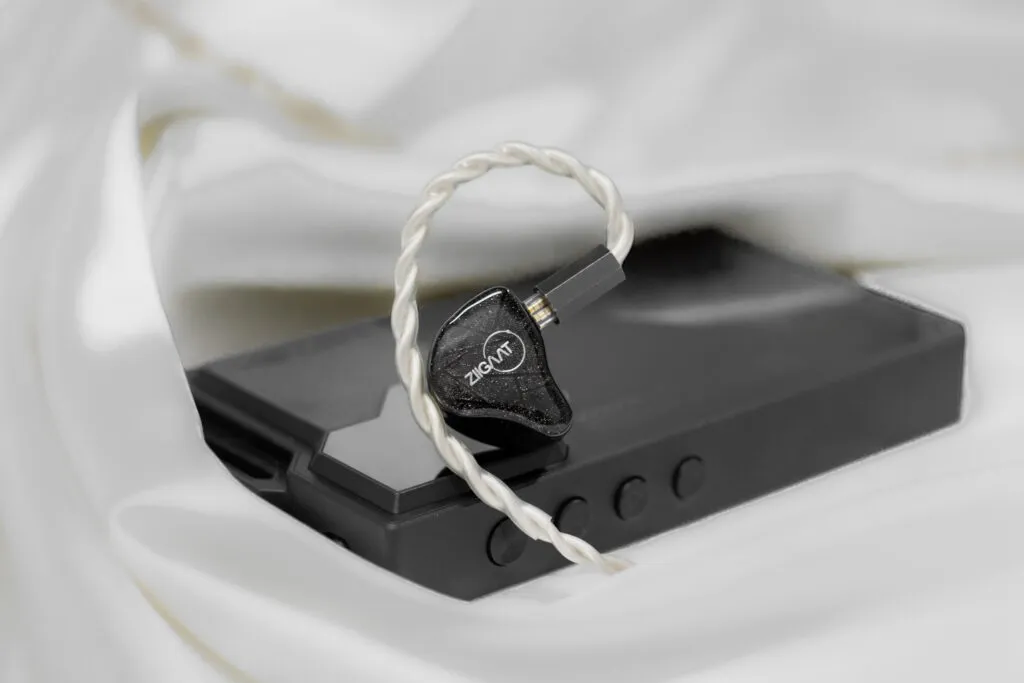
Conclusion
After spending enough time listening to the Ziigaat Lush, I can say this one’s got a lot going for it, especially if you into smooth and musical tuning. Based on everything I’ve talked about in this review and my testing, the Lush strikes a nice balance between enjoyable sound and decent technical performance without trying to sound super detailed or dry.
Build quality is good. The full resin shell feels solid in hand, and the 2-pin connection fits tight, no wobbly or loose feeling. The nozzle is sturdy and the resin finish looks good, even after some use. Yes, there’s a little bit of driver flex when putting them in or taking them out, but during actual listening, I didn’t notice it much. Fit and comfort are top notch; they sit snug in ear and don’t create any weird pressure points. Even after long sessions at my desk or moving around, no discomfort popped up. Using wide bore tips like Divinus Velvet or AZLA Sedna made the fit even more stable.
Sound-wise, the Lush delivers clear and balanced bass with good control. The midrange is smooth, a bit warm, with natural vocals that don’t get too shouty or thin. Treble has enough sparkle to keep things interesting without crossing into sharp or fatiguing. There’s a good soundstage width and imaging to give space to instruments, though it doesn’t push the absolute limits of high-end IEMs. For casual or long sessions, it’s just nice and easy to listen to.
About the cable and tips—well, Ziigaat didn’t go overboard with these. The stock cable is just ok, works fine, but doesn’t feel super premium. If you got better aftermarket cable, it’s worth swapping. Same with the tips—the right choice can really boost performance and comfort.
When it comes to source compatibility, the Lush is easy to drive and doesn’t need fancy gear to sound good. I tried it with everything from budget dongles to higher-end amps, and it handled them all well. Of course, with a better source, you’ll get tighter bass and clearer mids, but it won’t punish you if you’re using a simpler setup.
Overall, I think Ziigaat Lush is a solid pick for someone who wants smooth, musical sound with good comfort and no harshness. It’s not trying to be a technical monster, but it does enough to keep the listening experience enjoyable. If you don’t mind swapping the stock tips or cable and you like the warm, smooth signature, then the Lush is definitely worth checking out.
This review is fully based on my personal experience—no one’s paying me or telling me what to write. I just tested the unit across various setups and shared what I heard and felt. If everything I said sounds good to you, then you might just enjoy the Ziigaat Lush.


